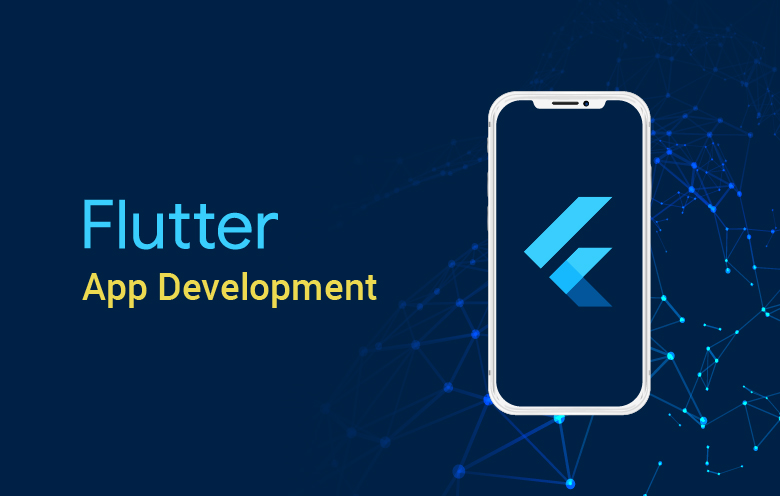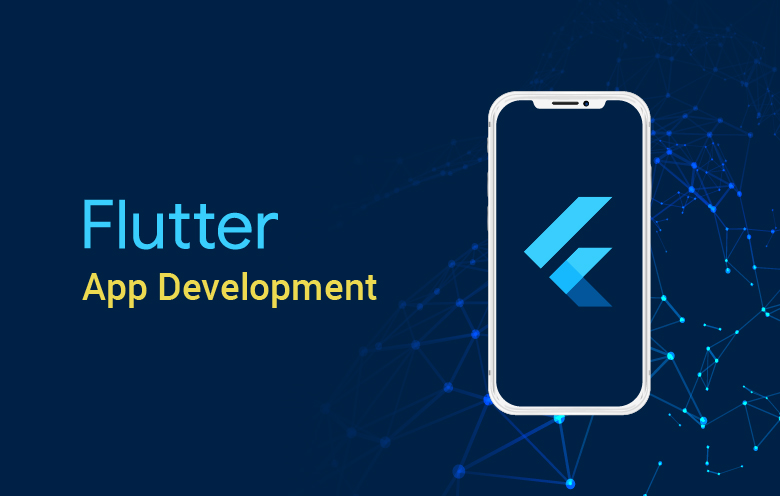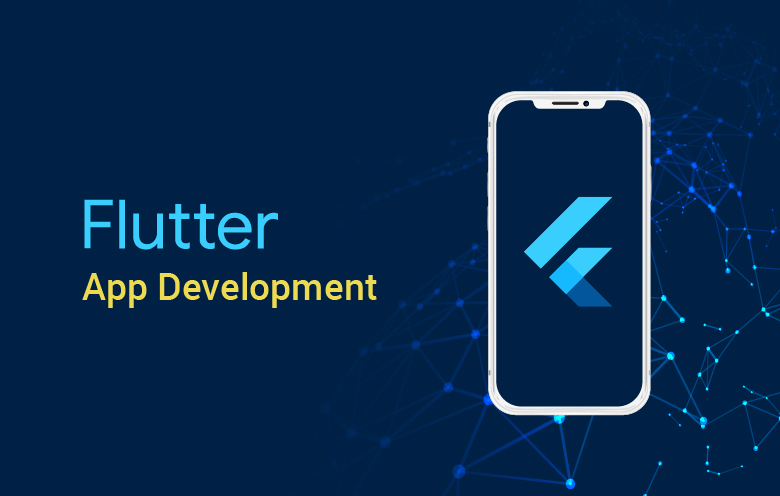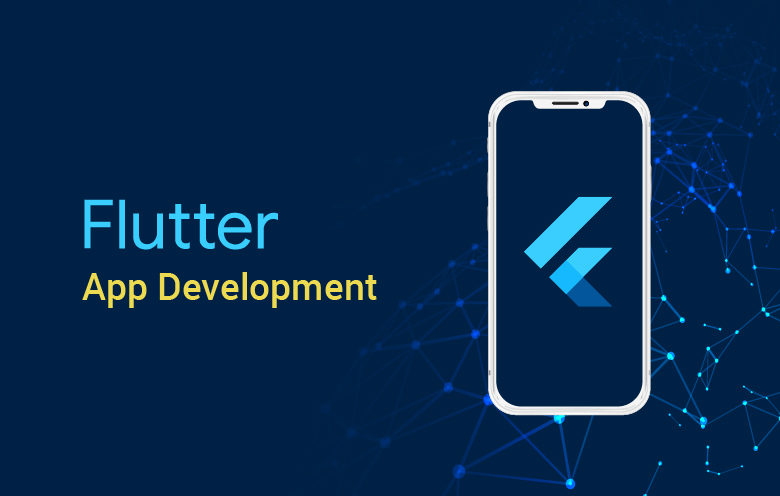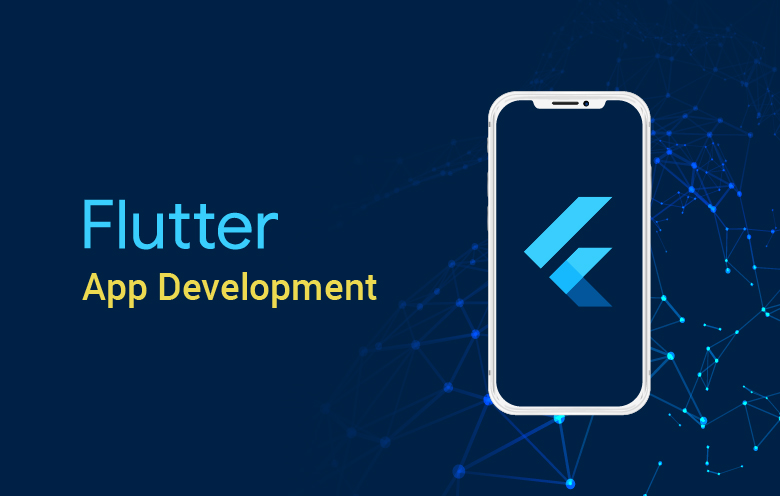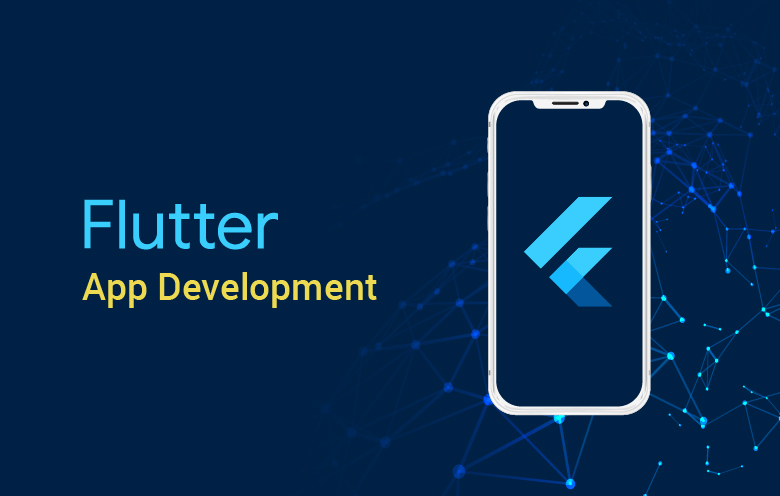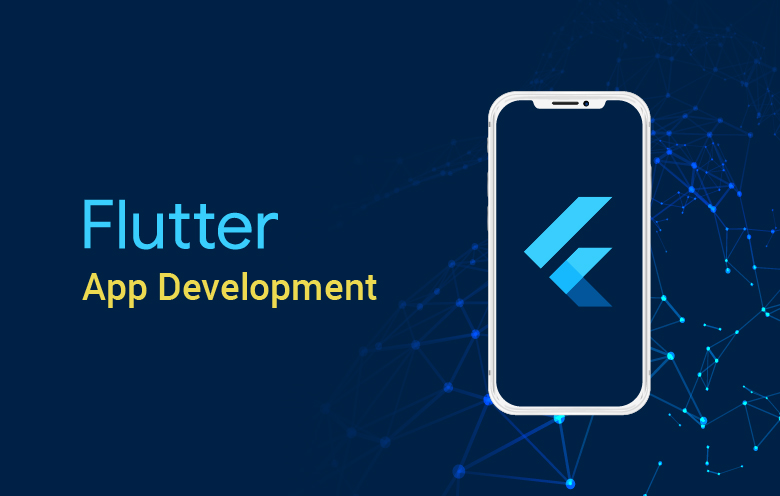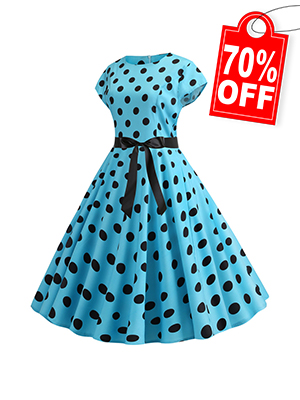Flutter Widgets and its Types ? How many types of flutter widgets available.
Flutter Widgets
In this section, we are going to learn the concept of a widget, how to create it, and their different types available in the Flutter framework. We have learned earlier that everything in Flutter is a widget.
If you are familiar with React or Vue.js, then it is easy to understand the Flutter.
Whenever you are going to code for building anything in Flutter, it will be inside a widget. The central purpose is to build the app out of widgets. It describes how your app view should look like with their current configuration and state. When you made any alteration in the code, the widget rebuilds its description by calculating the difference of previous and current widget to determine the minimal changes for rendering in UI of the app.
Widgets are nested with each other to build the app. It means the root of your app is itself a widget, and all the way down is a widget also. For example, a widget can display something, can define design, can handle interaction, etc.
The below image is a simple visual representation of the widget tree.
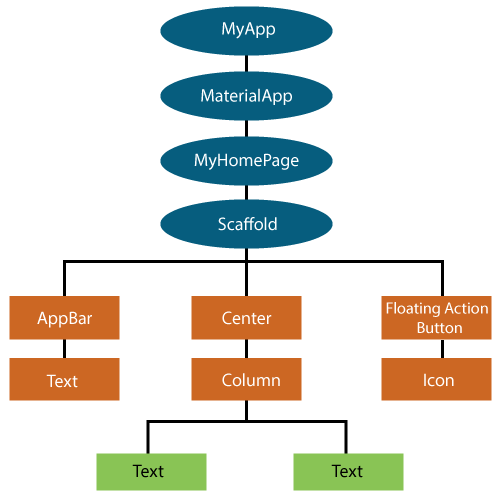
We can create the Flutter widget like this:
Hello World Example
Types of Widget
We can split the Flutter widget into two categories:
- Visible (Output and Input)
- Invisible (Layout and Control)
Visible widget
The visible widgets are related to the user input and output data. Some of the important types of this widget are:
Text
A Text widget holds some text to display on the screen. We can align the text widget by using textAlign property, and style property allow the customization of Text that includes font, font weight, font style, letter spacing, color, and many more. We can use it as like below code snippets.
Button
This widget allows you to perform some action on click. Flutter does not allow you to use the Button widget directly; instead, it uses a type of buttons like a FlatButton and a RaisedButton. We can use it as like below code snippets.
In the above example, the onPressed property allows us to perform an action when you click the button, and elevation property is used to change how much it stands out.
Image
This widget holds the image which can fetch it from multiple sources like from the asset folder or directly from the URL. It provides many constructors for loading image, which are given below:
- Image: It is a generic image loader, which is used by ImageProvider.
- asset: It load image from your project asset folder.
- file: It loads images from the system folder.
- memory: It load image from memory.
- network: It loads images from the network.
To add an image in the project, you need first to create an assets folder where you keep your images and then add the below line in pubspec.yaml file.
Now, add the following line in the dart file.
The complete source code for adding an image is shown below in the hello world example.
When you run the app, it will give the following output.
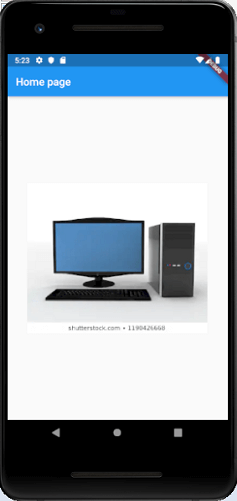
Icon
This widget acts as a container for storing the Icon in the Flutter. The following code explains it more clearly.
Invisible widget
The invisible widgets are related to the layout and control of widgets. It provides controlling how the widgets actually behave and how they will look onto the screen. Some of the important types of these widgets are:
Column
A column widget is a type of widget that arranges all its children's widgets in a vertical alignment. It provides spacing between the widgets by using the mainAxisAlignment and crossAxisAlignment properties. In these properties, the main axis is the vertical axis, and the cross axis is the horizontal axis.
Example
The below code snippets construct two widget elements vertically.
